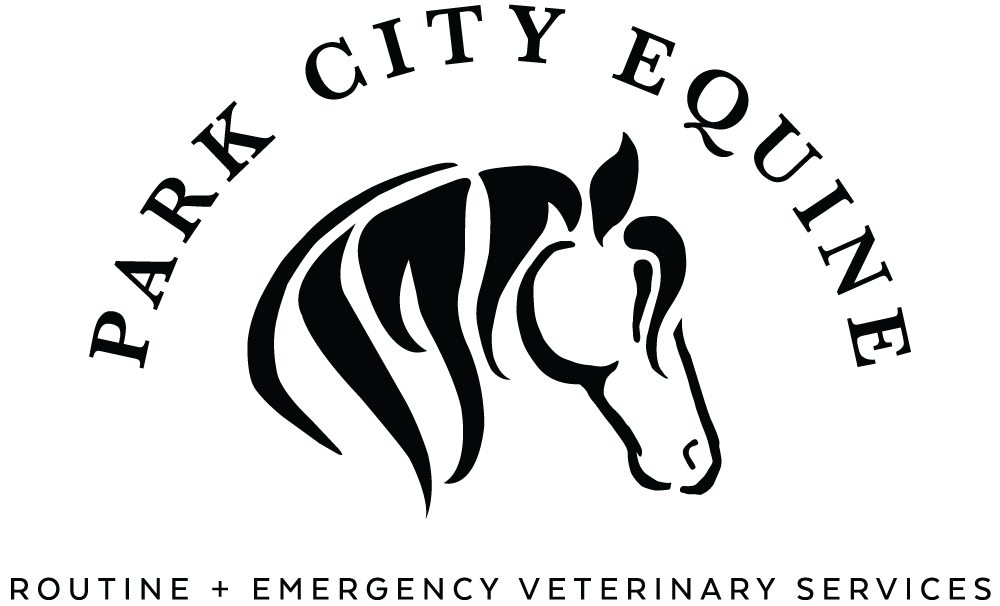Understanding EHV Equine Herpesvirus
Equine Herpesvirus (EHV-1) is an infection in horses that can cause respiratory disease, abortion in mares, neonatal foal death, and/or neurologic disease. When this infection spreads neurologically, it is referred to as Equine Herpesvirus Myeloencephalopathy (EHM). This virus is spread through the air, contaminated equine equipment, clothing and hands. To date, this virus is localized in the United States and is specifically handled on a state by state basis.
Although the virus is not newly discovered, since 2011, more outbreaks have been documented raising the need for awareness in the equine community. EHV-1 is not limited to any type of breed and can be spread to any horse. Of the myriad of manifestations, some of the most concerning issues are neurologically based. Horses will be observed with significantly wobbly gait. The horse's hind quarters will be noticed as uneven and incontinence may occur. These issues manifest as blood vessels become damaged by the virus.
There are several precautions horse owners can take to prevent infection. Knowing the current health status of your horses is imperative at all times. Also knowing the health status of other horses your horse comes into contact with can minimize the spread of the virus. You can minimize risks and exercise everyday precautions such as hand washing, using a separate pair of boots when visiting other farms, and keeping horses that travel from the farm separate from those that live on the farm full-time.
If your horse travels regularly, take and record your horse's temperature before leaving and upon returning to the farm. If you discover your horse's temperature is over the regular 99 to 101.5 degrees, don't delay calling your equine veterinarian to have your horse receive a physical. If your veterinarian is concerned a nasal swab will be performed to look for the virus. Anti-inflammatories may be given to reduce affects if the virus is present.
While no vaccination currently exists, research is aimed at developing an immunization targeted to build immunity. The American Association of Equine Practitioners Foundation continues to endeavor toward research that develops preventive and treatment measures to address the more serious issues related to the virus.
Sources:
United States Department of Agriculture, Animal and Plant Health Inspection Service. “Equine Herpes Virus Type 1.
AAEP Equine Research Coordination Group, “Progress Report on Equine Herpesvirus (EHV-1).” The Horse, March 2013.
American Quarter Horse Association, “EHV-1 Information.”

